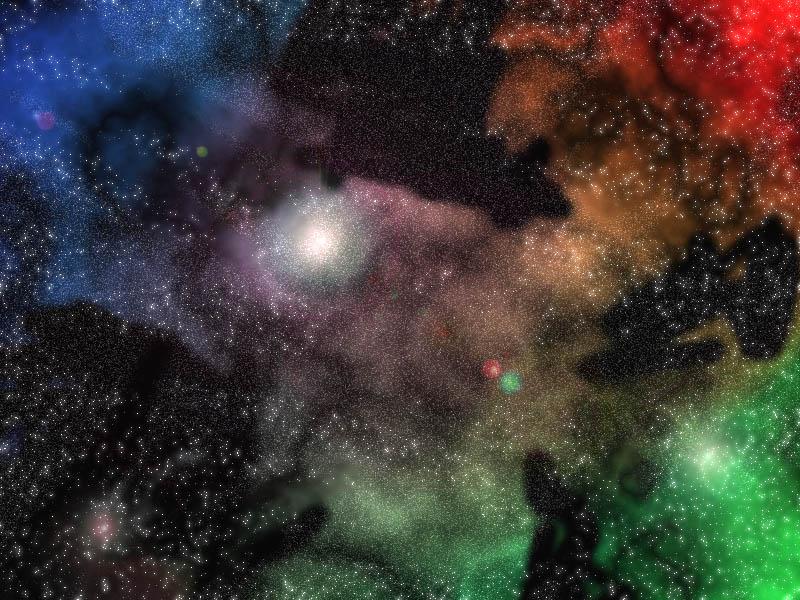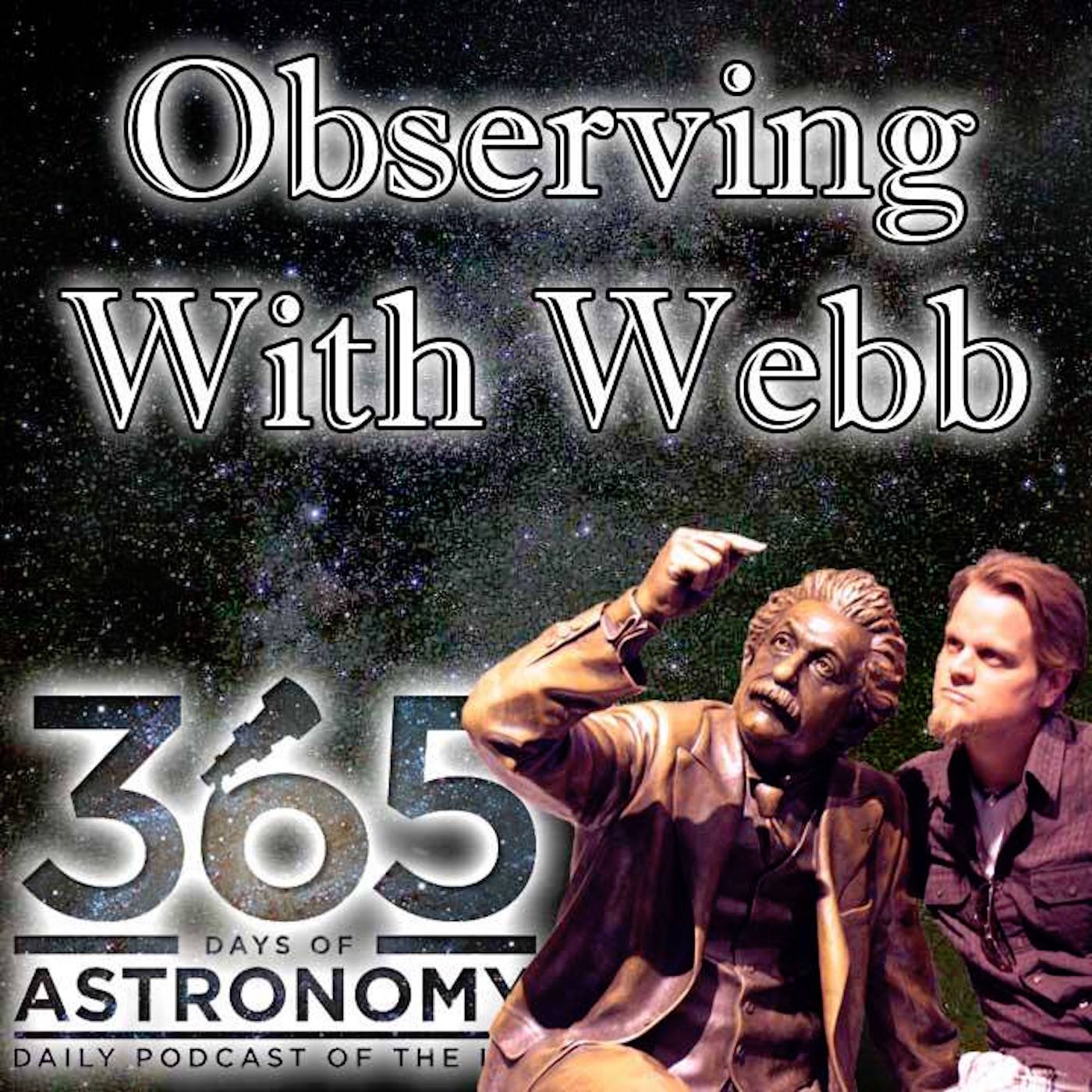Episodes

Sunday Feb 03, 2013
February 2013
Sunday Feb 03, 2013
Sunday Feb 03, 2013
My apologies to all those who were expecting a podcast in January. My wife and I have been excited and very busy getting ready and planning for the new astronomer being born into our family in July. Not much going on this month, although it's a beautiful month for lunar encounters and constellations, since the winter ones are out (they have more bright stars in total and more spread out than their summer counterparts), the nights are longer, and it's been getting warmer! At least in Pennsylvania - last week it reached almost 60˚ - in FEBRUARY! That certainly makes for some good winter observing! EVENTS...
Last Quarter Moon - 3rd (Visible from midnight into the morning)
3rd - Close Encounter - Saturn & Moon - Get up after 1am and before sunrise on the 3rd, look East-ish and you'll find Saturn about 4˚ above the Last Quarter Moon.
7th - 11th- Planetary and Lunar Close Encounter - Mars & Mercury & Moon - Find a spot with a very clear view of the WSW horizon and bring binoculars and watch from sunset on. On the 7th, Mercury will be low on the horizon with Mars up and to the left less than 1˚ away. The next day (8th) is probably the best, however, with Mercury about ¼˚ up and to the right of Mars. Each day Mercury will move further away from Mars, but on the 11th, a very thin crescent Moon joins the party, up and to the right of both of them.
New Moon - 10th (darkest skies)
First Quarter Moon - 17th (Visible until midnight)
17th, 18th -Close Encounter - Moon & Jupiter - Jupiter will be about 5˚ to the left of the First Quarter Moon on the 17th and to the right of it on the 18th. Just find the Moon, and you'll find Jupiter right there.
Full Moon - 25th (Visible all night - East around sunset, West around Sunrise)
PLANETS...well, the ones visible with your naked eye Planets you can see around Sunset - Mercury (SW), Mars (SW), Jupiter (SE) Planets you can see throughout the night - Jupiter (SE to W) Planets you can see in the Morning - Venus (SE), Saturn (S)Mercury - Look to the WSW after sunset. You may need binoculars, and definitely a star chart or phone app, since Mercury moves quickly around this month. Closest to the Moon on the 11th.
Venus - Venus is fading away this month as a morning star and will re-emerge next month as an evening star. The brightest object in the morning SouthEast, very close to the horizon, probably unobservable by the 13th. Closest to the Moon on the 9th.
Mars - In the WSW after sunset, and sets around 6:15pm. Look for the reddish-hued object only no more than 10˚ above the horizon. Close to the Moon on the 10th and 11th.
JUPITER - VERY high in the sky at sunset (almost straight above) and visible until 2am in the beginning of the month and 12:30am at the end. Close to the Moon on the 17th and 18th. Use binoculars or a telescope to try to see the four Galilean Moons. If you're looking at Taurus, Jupiter's the very bright one near the V of Taurus.
Saturn - Look ESE after 1am and find the very bright object which is Saturn. Throughout the morning it will rise to about 30˚ above the horizon toward the South. Close to the Moon on the 3rd.
CONSTELLATIONS... (see sky map link at the bottom for a Star Map for this month - or ask Mr. Webb) Look straight up and you'll see...After Sunset (sunset is around 5:00-5:30pm) - Perseus, Taurus, Auriga - Extra Challenge! Right in the middle of Perseus is an open cluster called Mel 20. If you take binoculars and look around Perseus, you'll see plenty of stars, but right in the middle where Mel 20 is, there are a lot more than you can see anywhere else in Perseus, hence they call it a cluster of stars.
Between Sunset and Midnight - Auriga (Taurus is right nearby), Gemini
Midnight - Cancer, Gemini, Lynx, and Leo later in the month - Extra Challenge! Find M44 in the Middle of Cancer - an open cluster of stars also known as the Beehive Cluster. You may be able to see it as a small fuzzy patch with your naked eye if you have very dark skies. However with a pair of binoculars or a telescope on low power, it will look like a hive of bees in the distance, hence its nickname.
Early Morning - Corona Borealis, Hercules, Boötes (you can also find the Big Dipper's handle, and starting from the inside of the handle, follow the arc that those four stars make past the last star in the handle about 30˚ or three fist-widths to the next very bright star you find which is Arcturus, the base of the constellation Boötes. Hence astronomers use the phrase "Follow the Arc to Arcturus")
GENERAL CONSTELLATION FINDING TIPS:Winter constellations: Orion is easy to spot as he is already high in the South when it gets dark. You can use Orion to find many other winter constellations.
Using Orion: Find Orion by looking for the three stars in a row that make up Orion's belt in the South. If you draw a line from the left star to the right star and keep going right about 20 degrees (about 2 fists at arm's length) until you reach another very bright star, you will have reached the star Aldebaron in Taurus (the V). Follow that line a little more (about another fist) and you'll find the Pleiades.
Draw a line from the right star in Orion's belt to the left star, and keep going left about 20 degrees (2 fists again), you'll come to the brightest star in the sky - Sirius - part of Canis Major.
Above these three constellations are Gemini and Auriga. The brightest stars in each of these constellations form a circle in the sky. Going clockwise - Aldebaron (Taurus) - Rigel (Orion - bottom right foot) - Sirius (Canis Major) - Procyon (Canis Minor) - Castor & Pollux (Gemini) - Capella (Auriga). It makes for great stargazing in the winter sky.
Use a sky map from www.skymaps.com to help you out.

No comments yet. Be the first to say something!